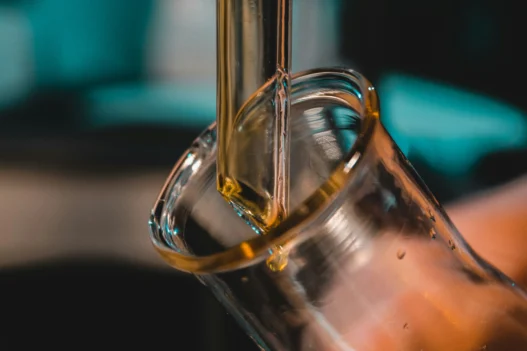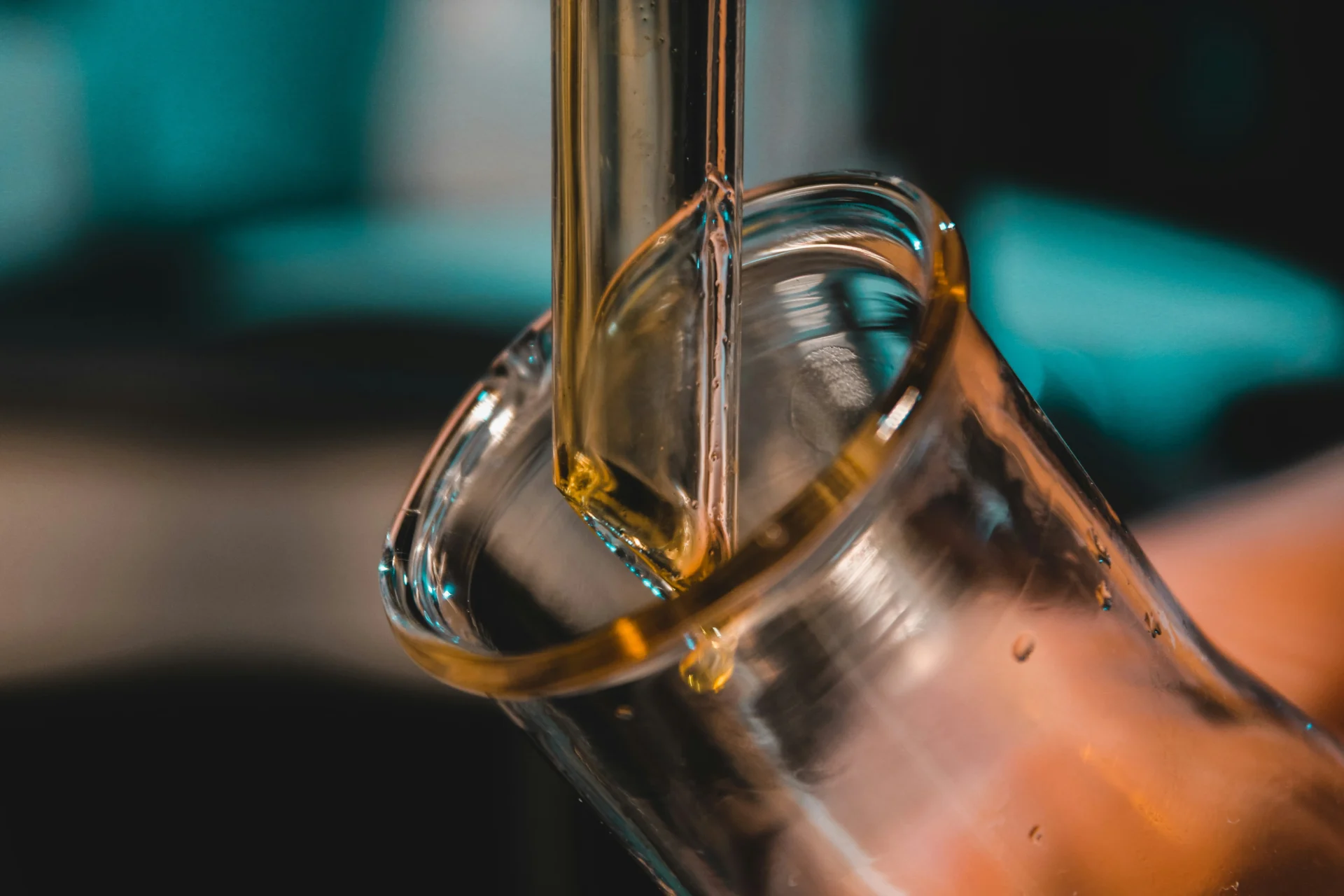1-Cyclooctene is a chemical compound commonly used in the manufacturing and production of various everyday items. It is utilized in the production of plastics, solvents, adhesives, and in some cases, pharmaceuticals. Due to its versatile properties and applications, 1-Cyclooctene plays a significant role in various industries, impacting the everyday lives of individuals through the products it helps create.
Table of Contents:
- 💡 Commercial Applications
- ⚗️ Chemical & Physical Properties
- 🏭 Production & Procurement
- ⚠️ Safety Considerations
- 🔬 Potential Research Directions
- 🧪 Related Compounds
💡 Commercial Applications
1-Cyclooctene, a cyclic hydrocarbon with a molecular formula C8H14, is commonly used in various commercial and industrial applications. It is utilized as a monomer in the production of polymers, specifically in the synthesis of cycloolefin copolymers. These copolymers are known for their high transparency, low water absorption, and excellent chemical resistance, making them ideal for use in packaging materials, optical lenses, and electronic components.
In the pharmaceutical industry, 1-Cyclooctene has found numerous applications in the development of drug delivery systems and medications. Due to its stable and inert nature, it is used as a key building block in the synthesis of biocompatible polymers for controlled drug release. Additionally, 1-Cyclooctene derivatives have been studied for their potential anti-inflammatory and analgesic properties, showing promise in the treatment of various medical conditions.
Overall, the versatility of 1-Cyclooctene in both commercial and pharmaceutical sectors highlights its significance in modern chemical and medical industries. Its unique chemical properties and wide range of applications continue to drive research and innovation in fields such as materials science, drug delivery, and polymer chemistry.
⚗️ Chemical & Physical Properties
1-Cyclooctene is a colorless liquid with a pungent odor. It is a cyclic compound with a molecular formula of C8H14.
The molar mass of 1-Cyclooctene is approximately 110.20 g/mol, and its density is about 0.828 g/cm3. In comparison, common food items such as sugar (molar mass: 342.30 g/mol, density: 1.59 g/cm3) and salt (molar mass: 58.44 g/mol, density: 2.16 g/cm3) have higher molar masses and densities.
1-Cyclooctene has a melting point of -83°C and a boiling point of 131°C. In contrast, common food items such as butter (melting point: 32°C, boiling point: 350°C) and chocolate (melting point: 34°C, boiling point: 160°C) have higher melting and boiling points.
1-Cyclooctene is insoluble in water but soluble in organic solvents. It has a low viscosity, making it flow easily. In comparison, common food items like sugar and salt are highly soluble in water and have higher viscosities.
🏭 Production & Procurement
1-Cyclooctene, a key organic compound used in various industries, is typically produced through the catalytic dehydrogenation of cyclooctane. This process involves passing cyclooctane over a solid catalyst at high temperatures, resulting in the removal of hydrogen atoms and the formation of 1-Cyclooctene.
Once produced, 1-Cyclooctene can be procured from chemical suppliers or manufacturers in pure form for use in research or industrial applications. It is commonly transported in sealed containers, such as drums or tankers, to ensure its stability and purity during transit.
In addition to purchasing 1-Cyclooctene from suppliers, it can also be synthesized in laboratory settings through various organic chemistry techniques. Researchers and scientists may opt to produce small quantities of 1-Cyclooctene in-house for their experimental purposes, using tailored synthetic routes and equipment.
⚠️ Safety Considerations
Safety considerations for 1-Cyclooctene include its flammable nature which poses a fire hazard. It is also a skin and eye irritant and can cause respiratory irritation if inhaled. Proper ventilation and personal protective equipment should be used when handling this chemical to minimize the risk of exposure.
Hazard statements for 1-Cyclooctene include: Highly flammable liquid and vapor, causes skin irritation, causes serious eye irritation, may cause respiratory irritation. It is important to carefully follow safety protocols when working with this substance to avoid any potential hazards or health risks.
Precautionary statements for 1-Cyclooctene include: Keep away from heat/sparks/open flames/hot surfaces. Wear protective gloves/protective clothing/eye protection/face protection. If inhaled, remove person to fresh air and keep comfortable for breathing. It is crucial to handle 1-Cyclooctene with caution and follow all recommended safety measures to ensure the well-being of individuals working with this chemical.
🔬 Potential Research Directions
One potential research direction for 1-Cyclooctene involves investigating its reactivity in various chemical transformations, such as ring-opening reactions or functional group additions. This could lead to the development of new synthetic methods for obtaining important organic compounds.
Another area of interest could be exploring the potential biological activity of 1-Cyclooctene and its derivatives. Understanding the effects of these compounds on biological systems could have implications for drug discovery and development.
Additionally, research could focus on the utilization of 1-Cyclooctene as a building block for the synthesis of complex molecules with interesting properties, such as materials for optoelectronic devices or catalysts for chemical reactions. This could open up new avenues for the application of this versatile compound in various fields of science and technology.
🧪 Related Compounds
One similar compound to 1-Cyclooctene is Cyclohexene. Cyclohexene is a cyclic hydrocarbon with a six-membered ring and a double bond. It has a similar molecular structure to 1-Cyclooctene but with a smaller ring size.
Another similar compound is 1,3-Cyclohexadiene. This compound also contains a cyclic structure with a double bond, similar to 1-Cyclooctene. However, 1,3-Cyclohexadiene has two double bonds within the six-membered ring, leading to a slightly different reactivity pattern.
Cyclooctane is a related compound with a similar cycloalkane structure to 1-Cyclooctene. Cyclooctane lacks the double bond present in 1-Cyclooctene, resulting in different physical and chemical properties. Despite this difference, the two compounds share similarities in their cyclic structure.







